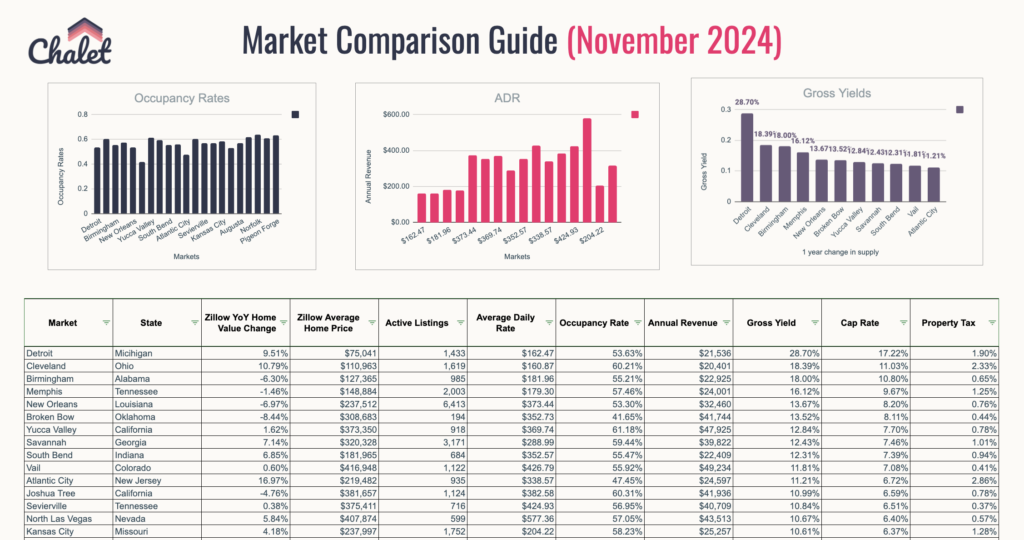If you’re a real estate investor looking to diversify your portfolio or increase your rental income, you may have considered transitioning from long-term rentals to short-term rentals. However, selling your long-term rental properties can result in a hefty tax bill. That’s where a 1031 exchange comes in. In this blog post, we’ll explore how a 1031 exchange can help you transition from long-term rentals to short-term rentals while minimizing your tax liability.
What is a 1031 exchange?
A 1031 exchange, also known as a like-kind exchange, is a tax-deferred exchange that allows real estate investors to sell one investment property and reinvest the proceeds into another like-kind property without paying capital gains taxes. In other words, the IRS allows investors to defer paying taxes on the profit from the sale of an investment property if they use the proceeds to purchase another investment property of equal or greater value within a specific timeframe.
To qualify for a 1031 exchange, the properties being exchanged must be held for investment or business purposes. Primary residences, second homes, and vacation homes do not qualify for a 1031 exchange.
How can a 1031 exchange help with transitioning to short-term rentals?
If you currently own long-term rental properties and want to transition to short-term rentals, a 1031 exchange can help you do so while minimizing your tax liability. Here’s how:
- Sell your long-term rental property.
The first step in using a 1031 exchange to transition to short-term rentals is to sell your long-term rental property. When you sell your property, you’ll have to pay capital gains taxes on the profit unless you use a 1031 exchange.
- Identify a like-kind property for the exchange.
Once you sell your long-term rental property, you’ll have 45 days to identify a like-kind property for the exchange. A like-kind property is defined as any real estate property held for investment or business purposes. In the case of transitioning to short-term rentals, you’ll want to identify a property that can be used as a short-term rental.
- Purchase the like-kind property.
After you’ve identified the like-kind property, you’ll have 180 days from the sale of your long-term rental property to purchase the like-kind property. The value of the like-kind property must be equal to or greater than the value of the property you sold.
Top 200 Airbnb Rental Markets

Instantly compare top 200 short-term (Airbnb) rental markets in the US
- Rent out the like-kind property as a short-term rental.
Once you’ve purchased the like-kind property, you can rent it out as a short-term rental. Short-term rentals can be a lucrative investment, especially if your property is located in a popular vacation destination. By transitioning from long-term rentals to short-term rentals, you can potentially increase your rental income and diversify your real estate portfolio.
- Repeat the process.
If you decide to sell your short-term rental property in the future, you can use a 1031 exchange to defer paying capital gains taxes again. This means you can continue to reinvest your profits into new like-kind properties and grow your real estate portfolio without incurring a tax bill.
Final thoughts
Transitioning from long-term rentals to short-term rentals can be a smart investment strategy, but it can also result in a large tax bill. Using a 1031 exchange to defer paying capital gains taxes can help you transition to short-term rentals while minimizing your tax liability. However, it’s important to consult with a tax professional and a qualified intermediary before pursuing a 1031 exchange to ensure you’re following IRS guidelines and maximizing the benefits of the exchange.

